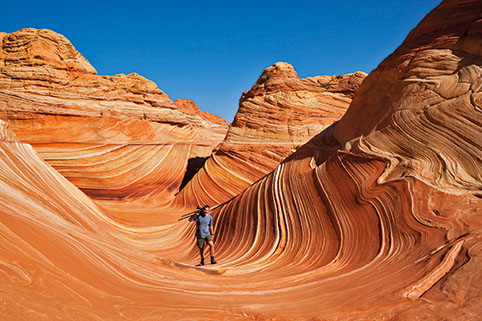Before you chuck your photographic gear in your bag, take a moment to consider the importance of keeping it in tip-top shape. By Jac Kritzinger
All the technological wizardry packed into digital cameras is great for capturing the perfect shot, but it makes them rather vulnerable to damage, especially when in the great outdoors. What’s a photographer to do? If you wrap up your prized possession in cotton wool, you run the risk of missing out on great pics. Fortunately, there are some common-sense dos and don’ts that should keep your camera safe when you are out and about.
Filter effect
When it comes to protecting the front end of your camera, a lens cap will only take you so far. A naked front element is bound to pick up a nicks and scratches along the way – a UV filter is a cheap and effective way to combat this.
They’re made of clear glass and come in a variety of sizes. While they do offer some protection from ultraviolet flare, the main benefit is that they protect your lens from exposure to the elements, without affecting in-camera exposure readings or the look of your images.
They do differ in quality, though, so make sure you buy the best that you can afford – keeping in mind it will become a permanent feature on your lens. Should it ever get scratched, or just deteriorate with time, you can simply screw it off and replace it. A damaged lens is not such a simple matter.
Dust devils
One of the biggest drawbacks of DSLRs is their tendency to collect dust on the image sensor while you’re busy changing lenses. Over time, this results in unsightly specks on photos, which can be quite time-consuming to remove with editing software – if you’re lucky.
Always make sure to hold the camera with the lens mount facing the ground when swapping glass. This will minimise the chance of minute dust particles in the air settling on the exposed sensor. And, when outdoors in windy or dusty conditions, try to avoid exposing the sensor altogether – if you really have to change lenses, cover the camera with a towel or sarong.
Should dust spots become a serious issue, it’s best to have the sensor cleaned professionally (a free service offered by most photographic retailers).
A solid strap
This might seem like a no-brainer, but make sure your camera strap is fastened securely, as is described in the owner’s manual (no matter how tedious a process it seems). This is critical if using heavier body-and-lens combinations. At times, your hands will need to be free and the strap will be your only safeguard against gravity. And, no matter how tough your expensive gear may claim to be – when it comes to ground versus camera, ground always wins.
There are plenty of horror stories of straps slipping or breaking at the worst possible time. A good bet is to purchase a third-party strap, designed specifically for use with heavy equipment. They are usually made longer, stronger and more comfortable than the stuff that comes in the box. The extra length will allow you to wear the strap slung across your body, with the camera sitting on your hip. This will give you better camera support and prevent a sore neck at the end of a long day’s shooting.
Water woes
When travelling with your camera, chances are that you’ll be caught in the rain at some point or other. Some camera bodies (and lenses, these days) claim to be weather-sealed, but it’s best to take this with a healthy pinch of salt. Remember that the most vulnerable part of your DSLR is where the body meets the lens.
With this in mind, it’s always handy to keep some plastic bags or cling film in your kit bag for emergencies – should the skies open, you can tie or wrap the plastic tightly around the lens mount, preventing moisture seeping in where it can do the most damage. However, it doesn’t hurt to keep a close eye on the weather report.
Clean and fresh
Maintaining a spotless camera, inside and out, is key to its longevity. While having the sensor cleaned and serviced professionally is essential, it is equally important that you keep the exterior free of dust, sand, salt and moisture. All of these elements can settle in the tiny grooves around camera buttons and ports, causing major electronic problems over time.
Invest in a good digital-cleaning kit, usually consisting of a blower brush, soft cloth and alcohol-free solvent to get rid of gremlins on glass and plastic. A sturdy, weatherproof camera bag with customisable padding will also go a long way to keeping your gear protected.
Photography Gallo/Gettyimages
(This article was first published in the winter 2015 issue of AA traveller magazine)




